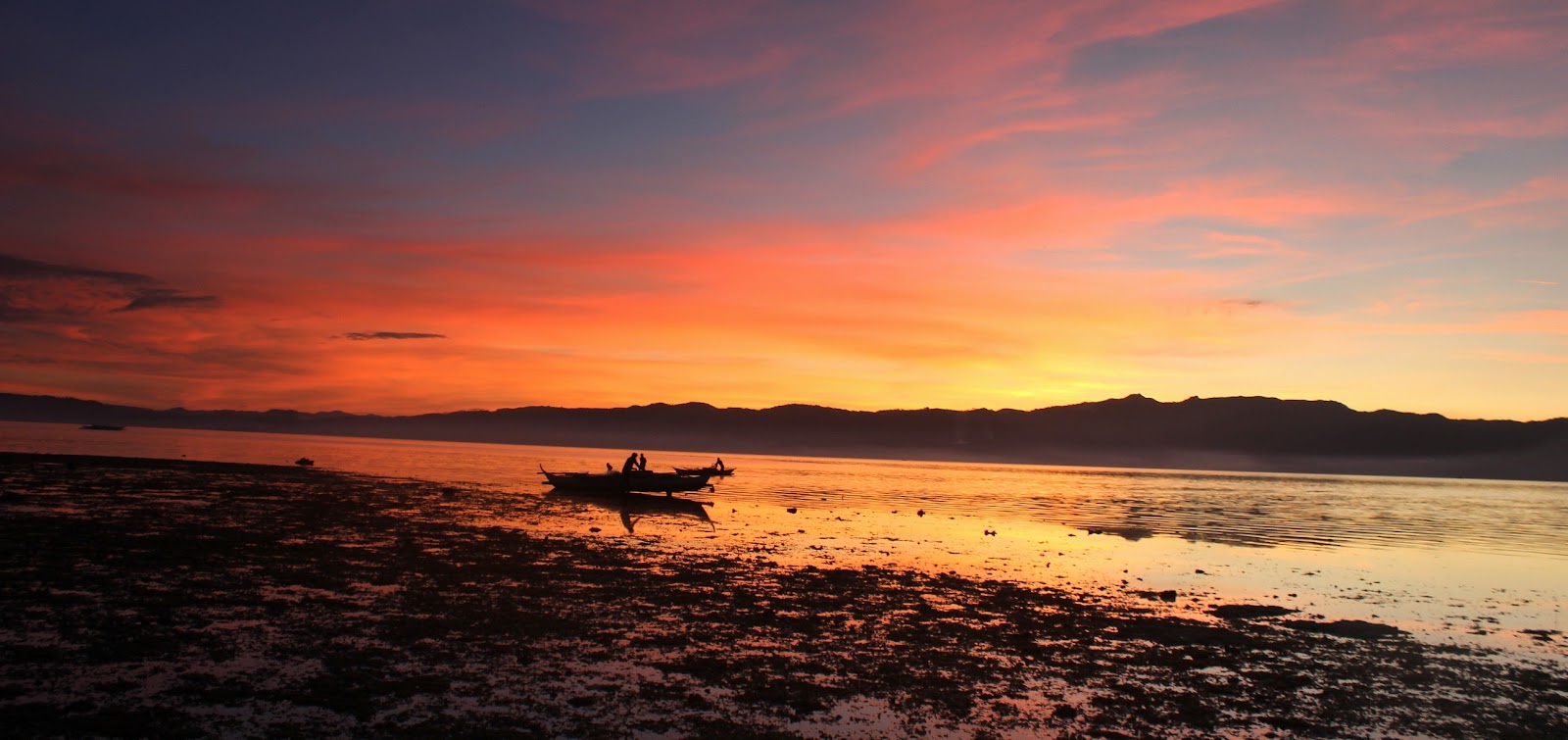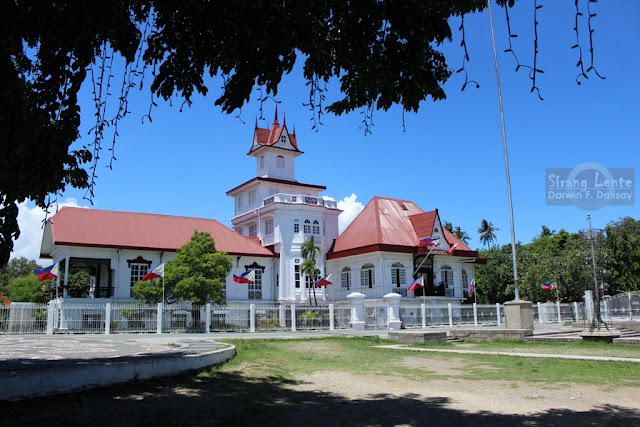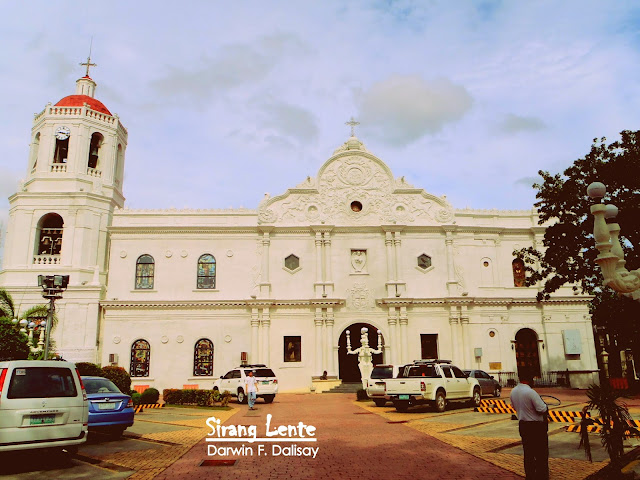
Because of the pandemic, Paragliding in Carmona, Cavite created it's own spark to local tourists. Before, according to Philippine Tandem Paragliding, they are flying with an average of 10% local tourists per day while the rest are foreign. Today, majority are local, possible reasons? COVID-19 protocols, Filipinos are staying at home and wants something new, and the effect of "Crash Landing on You." Nevertheless, if you want something heart pounding and extreme, this activity is highly recommended. CLICK HERE TO SUBSCRIBE & WATCH MY VLOG









